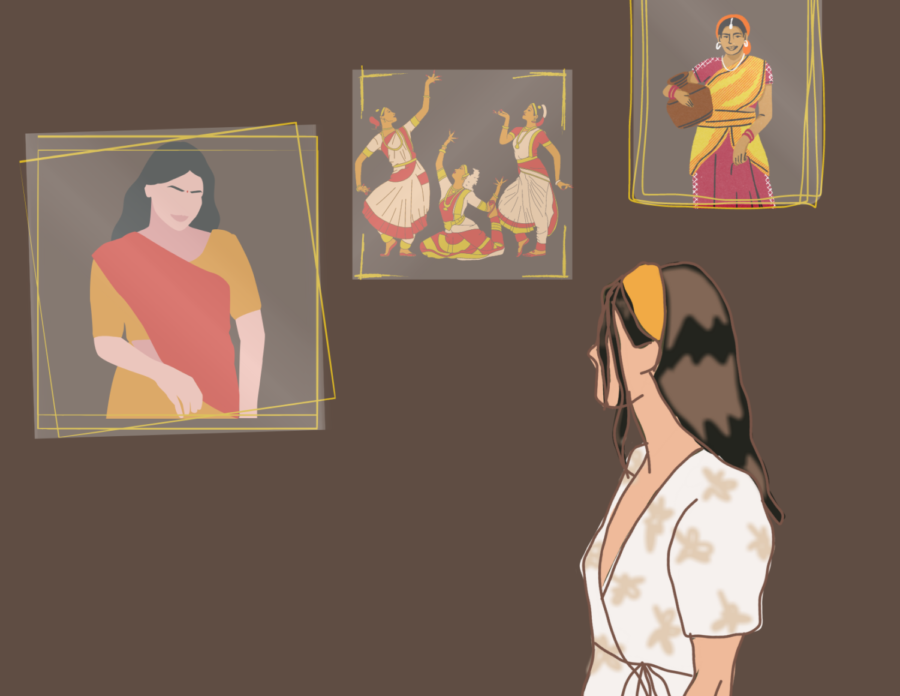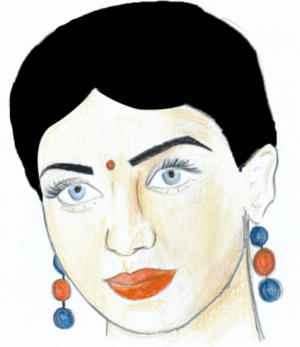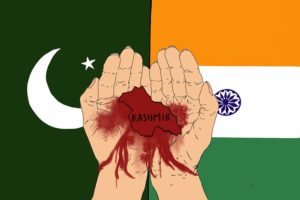Give us what we deserve, Bollywood
Bollywood should improve in its representation of South Asians.
March 28, 2023
Throughout our childhoods, the Hindi film industry, Bollywood, acted as our primary connection to our Indian roots. On evening drives, we would listen to Bollywood classics. Over the weekends, everyone would sit together in the living and watch Bollywood movies into the night. In fact, it wasn’t until middle school that we began viewing western media for entertainment.
So it’s disappointing to see how the very cinema that helped us connect with our heritage is losing its roots.
While Bollywood has always been inspired by western film industries, the industry still added a unique flavor to the western clichés. For example, the 1993 hit “Baazigar” took inspiration from “A Kiss Before Dying” (1956) and “Agneepath” (1990) from “Scarface” (1983). Despite taking inspiration from the West, these films cater to Indian taste. Bollywood has always been apt at reimagining the West through the “masala film” recipe: the media freely bends action, comedy, romance, and melodrama in a musical genre, to make diverse narratives entertaining for the South Asian working class.
For example, the nostalgic “Kuch Kuch Hota Hai” (1998) follows a group of young adults through their college journey. It is heavily inspired by the Archie Comics, you can see it in the bubbly color scheme, character styling, and the love triangle. But simultaneously it is depicted through the musical Masala genre and explores a character glow-up: Anjali (Kajol Devgn), a tomboy, grows into a “Sanskari,” a good, traditional Indian girl.
Recently, however, less reimagining has been done. Rather than sticking to the masala film recipe, multiple movie directors are simply remaking western hits. This blatant plagiarism lacks any personal touch that would allow the South Asian audience to relate to the media. Recent hits like “Brahmastra: Part 1 – Shiva”(2022), for instance, strip meaning away from the media. This film is based on the famous Hindu epic, Mahabharata, known for its strong messages about brotherhood, stigmas against women, the difference between right and wrong, and more. But, what the movie delivered was a static male lead paired with a female lead who was more like a cameo. Instead of building a complex story around the Mahabharata – with a possible philosophical angle as we had hoped, “Brahmastra: Part 1 – Shiva” used its budget to emulate Marvel’s CGA. The visual appeal wasn’t enough to help its crumbling plot.
Just like we used Bollywood to connect to our roots, a large South Asian population relies on Bollywood for representation. It is the only cinema where brown people are the majority and where South Asians can find their unique stories and culture being shared. If Bollywood continues westernizing, what happens to our stories?
There is also a large nepotism problem in the industry, as production companies tend to only have contracts with people close to the owners or top talent. This degrades the quality of production because real talent once again comes second to brand and star fame.
Large production companies like Dharma Productions and Yash Raj Films have been passed down through generations of the same family, and choosing to primarily hire new talent from families they have already worked with.
As avid fans of this cinema, we say Bollywood can do better. In some instances, it already has. “Badhaai Do”(2022), for instance, tackles both queerness in India and the toxic marriage culture through the dramedy-masala film genre, proves this fact. “Qala” (2022), as well, portrays the complexities of a relatable helicopter mom-and-daughter relationship while adopting a Western color palette to accentuate the scenes, are evidence. Web series like “Panchayat” (2020) and “Kota Factory”(2019) also adopt Hollywood-style worldbuilding to depict the daily lives of small-town Indian communities and the college admissions process in India.
Down in South India, movies from Film Director Kasinadhuni Viswanath feature plot lines depicting socio-economic challenges related to caste, alcoholism, and misogyny, all issues which run rampant in India. For example, “Swathi Muthyam” (2022) masterfully portrays autism in the male lead and tackles the concept of widows and remarriage, a topic that continues to be taboo in the majority of India.
These media are proof that Bollywood can portray popular western cinematography in a style that makes the content digestible for the South Asian audience.
We do not need more copies. With the global presence that Bollywood has had since its debut, the industry holds a responsibility to produce quality content. Forget improving CGA, Bollywood. Hire talented outsiders with fresh perspectives, prioritize the narratives of regular Indians and South Asians, make media more entertaining and make movies more emotionally accessible.
Our expectations are really not that high.






